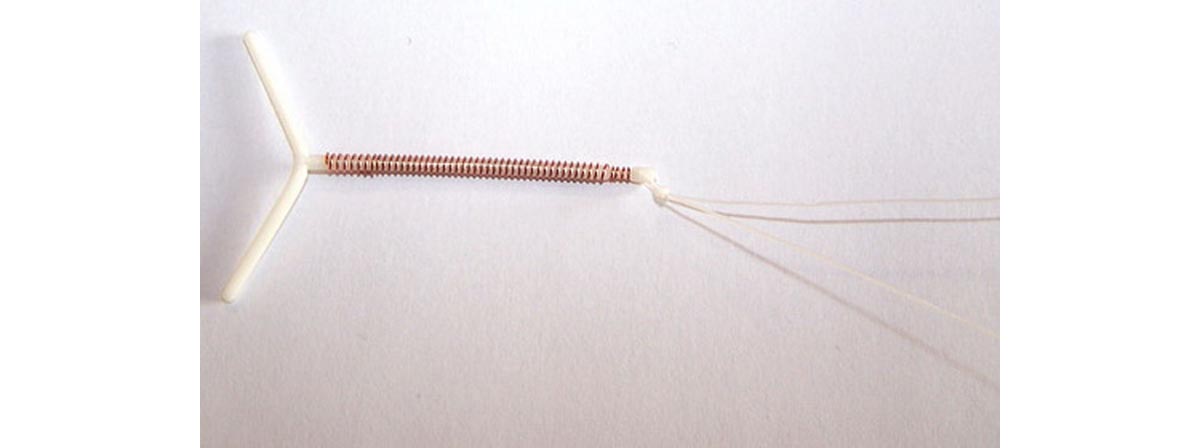Table of Contents
Paragard IUD: A Simple But Effective Device
The Paragard intrauterine device is a T-shaped device that is largely made out of plastic and partially covered with copper. It is made in the United States, and the only copper-containing and non-hormonal IUD approved for use there. Copper-containing IUDs are more commonly known as a "copper coil". Once inserted, the Paragard IUD can remain in place for up to 12 years.

At more than 99 percent effective, the copper coil is one of the most effective contraceptives any woman could choose.
The copper IUD prevents pregnancy in a few different ways simultaneously:
- The presence of the device inflames the uterus and affects its lining so that no fertilized egg can implant.
- The copper IUD most probably inhibits the development of mature eggs.
- The presence of the copper acts as a spermicide, so conception is extremely unlikely.
Mirena: A Very Effective Contraceptive Indeed
The Mirena intrauterine system is a T-shaped plastic device that also contains a reservoir that delivers levonorgestrel (a progestin) into the uterus every 24 hours. Because this reservoir contains a limited amount of hormones, Mirena needs to be replaced more often than a copper-bearing IUD — once every five years.
Mirena thickens a woman's cervical mucus over time due to the progestin, something that makes it almost impossible for sperm to get past the cervix. As with Paragard, the uterine lining is also thinned. Mirena users will not ovulate very frequently, but ovulation can occur on occasion.
Because Mirena is a hormonal contraceptive, it can cause similar side effects as the pill. Breast tenderness, mood swings and skin problems are among the side effects some women experience after having Mirena placed. The most common "side effect" is actually one of Mirena's biggest advantages, though. Mirena users tend to have much lighter periods, and their menstruation can even come to a complete halt. This prospect is especially appealing to women who suffer from painful, heavy and prolonged menstrual periods!
Mirena can be used by every woman who would also be a candidate for Paragard, except women with current or recent breast cancer. Talk to your healthcare provider for more information.
- Photo courtesy of Hic et nunc by Wikimedia Commons : en.wikipedia.org/wiki/File:Mirena_IntraUterine_System.jpg
- Photo courtesy of Ceridwen by Wikimedia Commons : commons.wikimedia.org/wiki/File:T%C3%AAte_de_st%C3%A9rilet.jpg#


Your thoughts on this